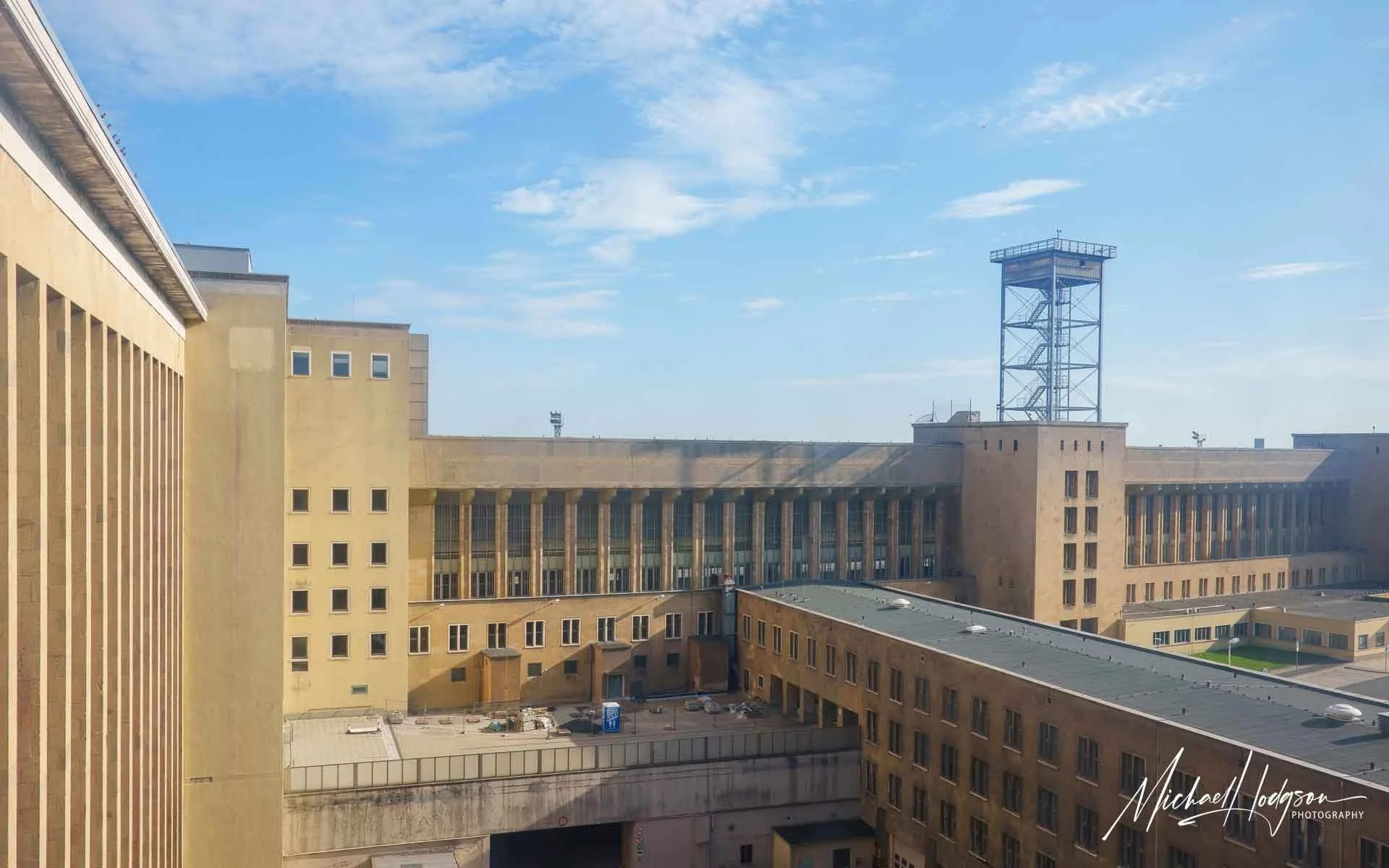Berlin Tempelhof: from Nazi relic to urban park
Plan a visit to Berlin Tempelhof to learn about the massive Berlin Airlift and the darker Nazi history of this historic airfield.
In 1948, the United States and the United Kingdom kicked off what was to become a historically massive undertaking called the Berlin Airlift: 24/7 flights in and out of Tempelhof airfield in Berlin to bring survival supplies to 2.5 million residents in the city.
The Berlin Blockade began when the then-Soviet Union blocked all traffic in and out of West Berlin – a democratic island in the middle of the post-World War II Soviet eastern territory – to force the Allies to withdraw.
What the American and British Allied forces didn’t know was that the Berlin Airlift ("Luftbrücke" in German) to and from Tempelhof Airport would continue for 15 non-stop months in a head-to-head battle of perseverance. Everything the Berlin people needed, from coal and fuel to cars and medicine, had to come in on planes from West Germany to a city already in a desperate post-war state of rubble and reconstruction.
Visit historic Berlin Tempelhof
Today, Tempelhof field has become a symbol of freedom. However, ironically, its construction was begun by Hitler seeking to create a grandiose Nazi building and airfield, plus a huge rooftop theater. Most of that never came to pass when Hitler lost the war – and today you can take guided tours of the glamorous, monumental halls that do exist or play on the nearly 900-acre grounds that became a public park.
View over the Tempelhof grounds from an upper story.
Different tours take you to varied areas of the 3.2 million-square feet of historic buildings, which combine a Neoclassical and Art Deco style. On a tour through what is now a popular Berlin museum, my guide noted that the monolithic structure is one of the largest historically protected buildings in Europe:
>> The curved building’s rear apron stretches nearly 1.5 miles.
>> The building has 7,266 rooms. My guide said you could walk “for days” and only see some of them.
>> The building also had in its basement 200 air raid shelters.
>> The rooftop showplace was to have seating for 80,000 spectators, with room for 1 million on the grounds.
>> The façade alone is imposing, rising stark and imposing above an entrance courtyard. Sign reads "Central Airport."
>> Hitler said he wanted the “world’s airport” to be able to accommodate 5-6 million people, accounting for its grandiose size. He also wanted people to “feel small and unimportant,” my guide added. The vacant check-in and departure hall remains a snapshot from time's past.
>> Once construction stopped by the Nazi’s 300 engineers in 1939, only 70 percent of Tempelhof was completed and open.
What you see today in the foyer is only a third of the soaring entrance hall that was built. This part here is above today’s ceiling. It still has the burns and damage from World War II bombs.
>> As a post-war airport Tempelhof closed in 2008 and the city soon transformed the fields into a huge park that opened in 2010 and is beloved by Berliners.
The outdoor fields, as seen from rear building windows, host runs, special events, and is open to the public for exercise, barbecues and just hanging out.
Grandiose size perfect for non-stop Berlin Airlift activity
Giving up on West Berlin was not an option and Tempelhof was ideal, in part due to its size: No, we had an agreement and we’re not going to abandon Berlin, is what then-U.S. President Harry S. Truman was noted as saying.
Modernist signage and a clock still adorn the wall in the departure hall.
Here is what you can do on a visit to Tempelhof in Berlin:
>> In English there is one general guided tour. In German, there are numerous themed tours. The visitor center has an excellent detailed exhibit with all signage in German, English, French and Russian and is open to all. This exhibit covers the airfield’s beginnings, its darker side as a concentration camp, Hitler’s dream and architectural plans, the Berlin Airlift’s history, and Tempelhof today.
>> Open as of 2023 is the rooftop gallery with commanding views (additional fee) and its own exhibit about Tempelhof.
>> You can walk the outside of the buildings without a tour.
>> You can also wander as much as you want in the park called Tempelhofer Feld with its various monuments, views, and history signage.
>> And don’t miss the Berlin Airlift memorial park and monument across the street across the street, with a soaring sculpture dedicated to those who lost their lives in the Airlift.
Tempelhof was declared an historic monument in 1995, in part due to the Berlin Airlift that changed the course of history. From June 26, 1948, to Sept. 30, 1949, the Americans and British flew planes loaded with supplies in and out of Tempelhof. At the Airlift’s height, planes landed every 45 seconds.












